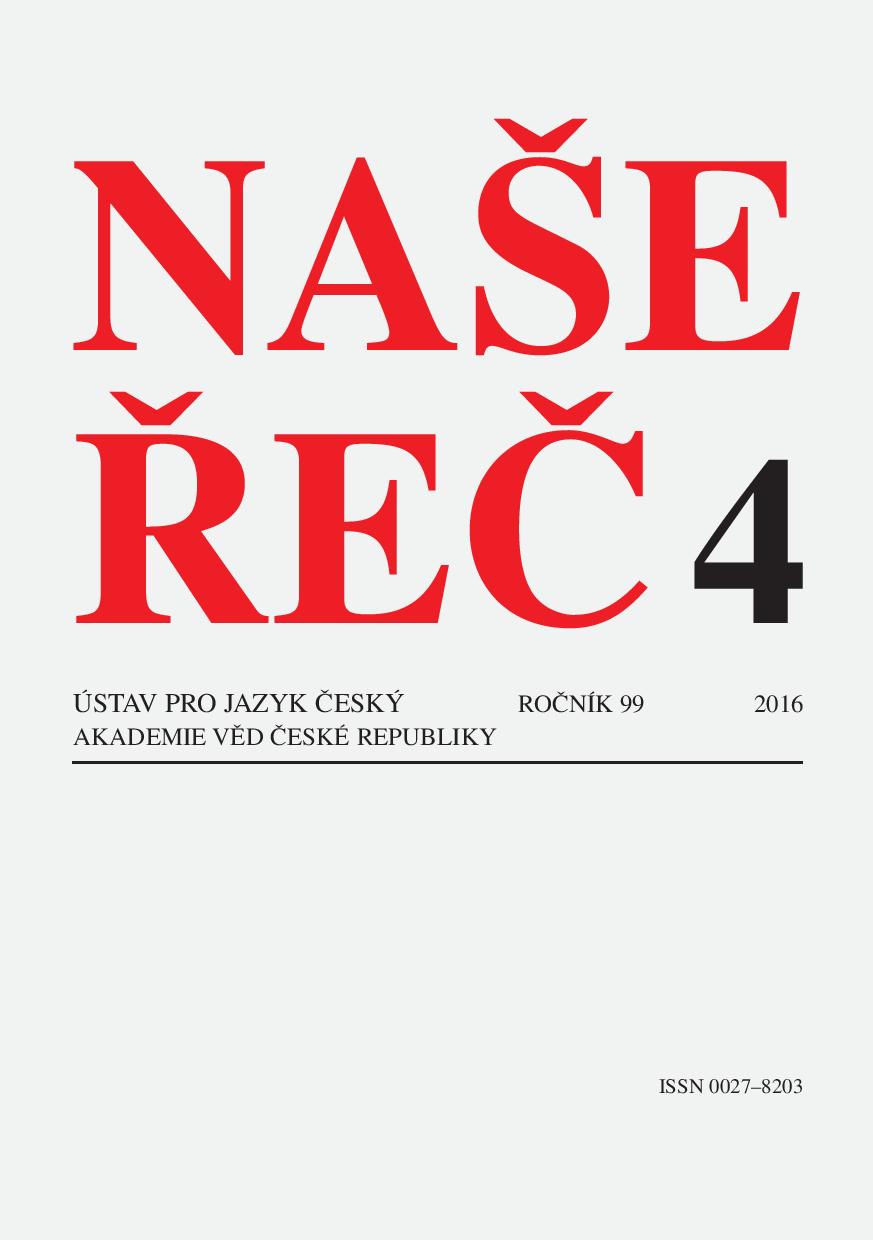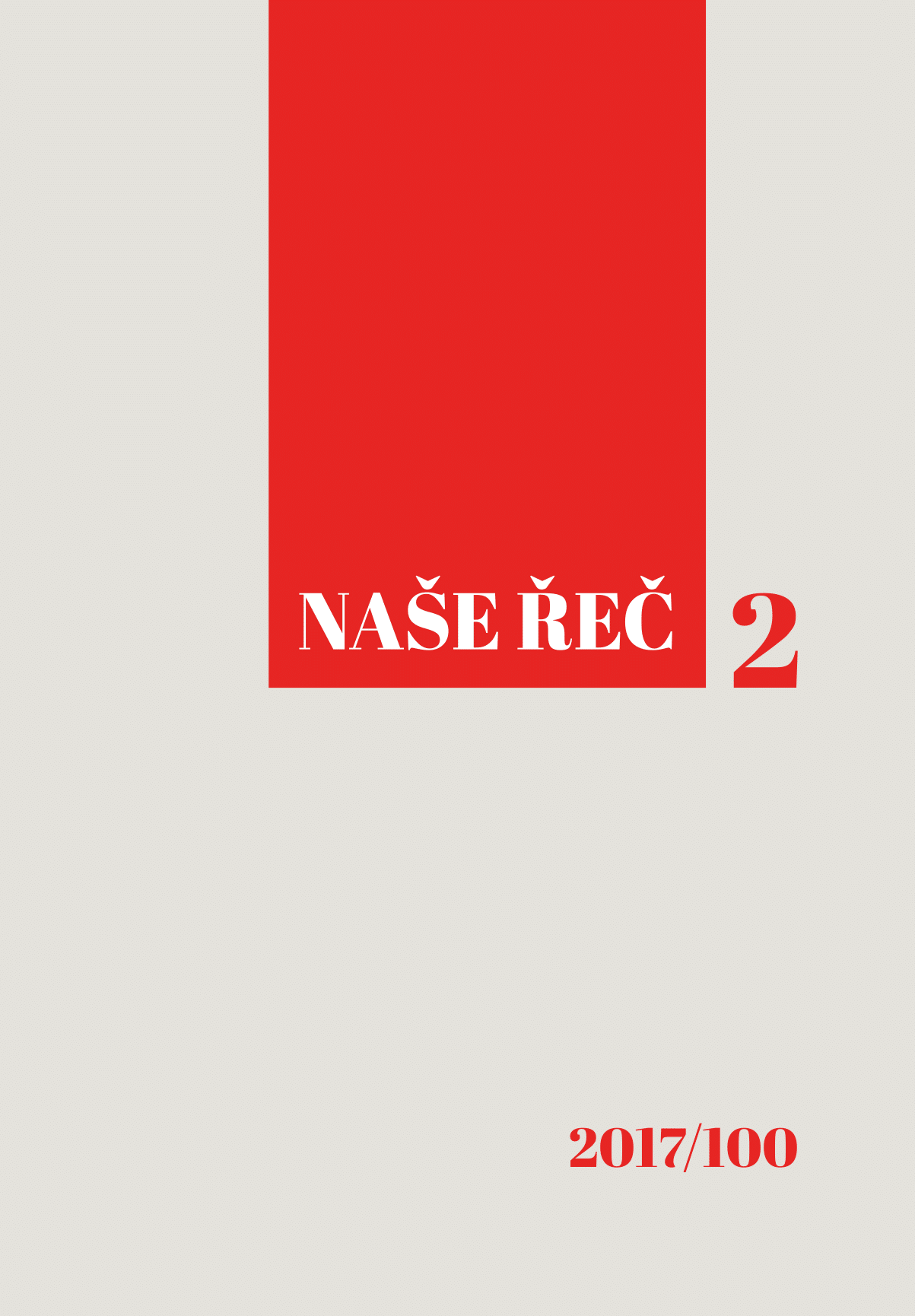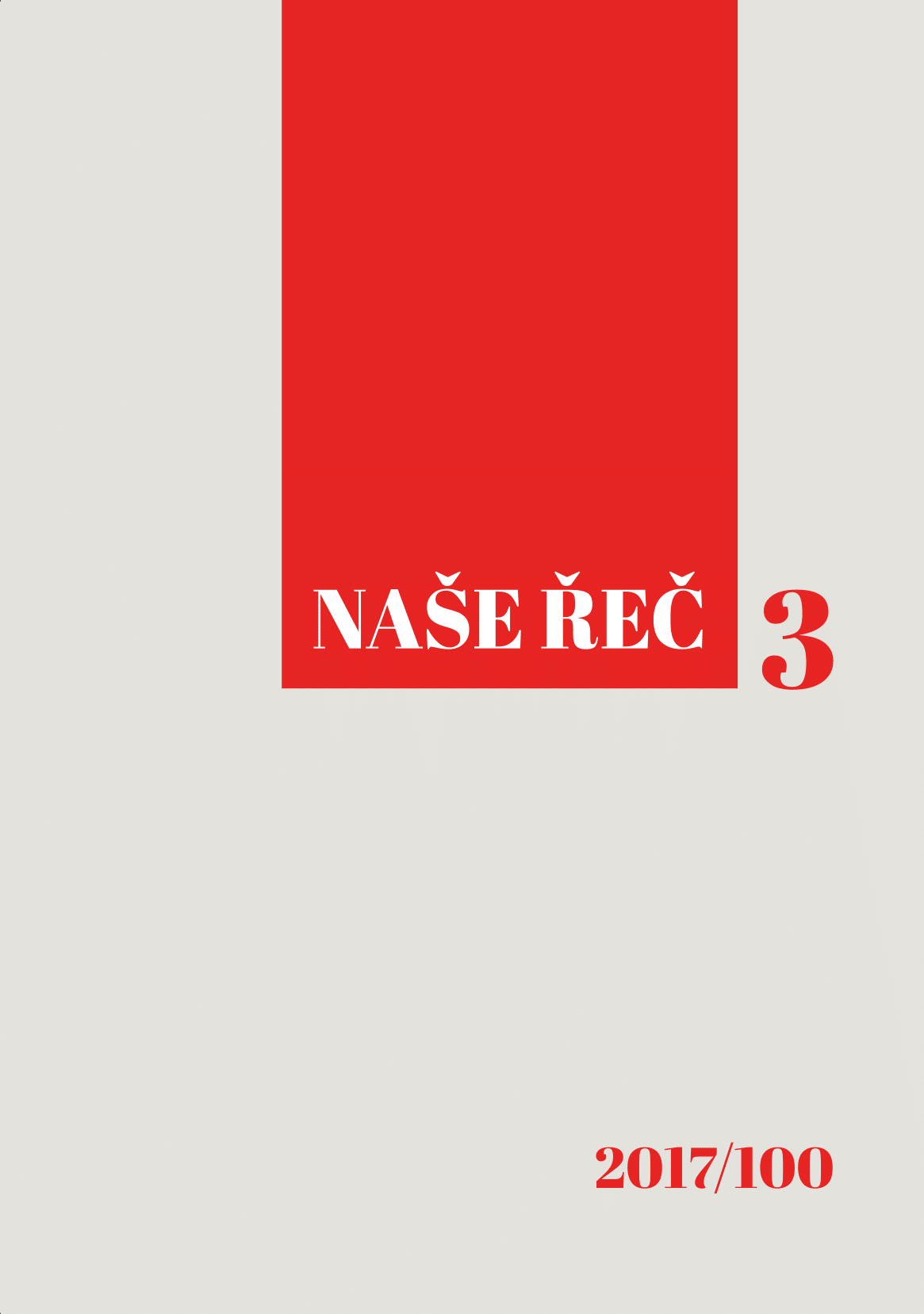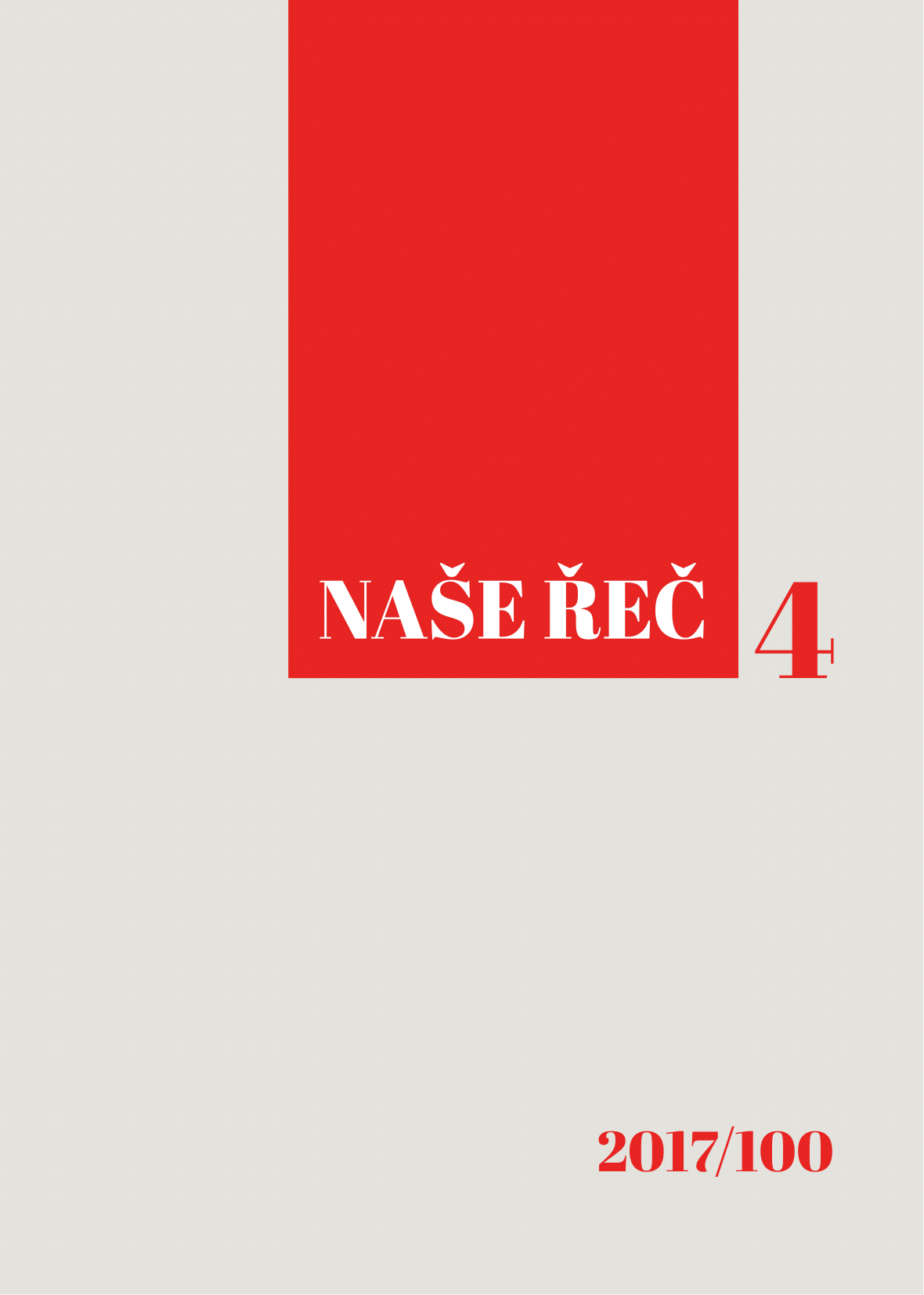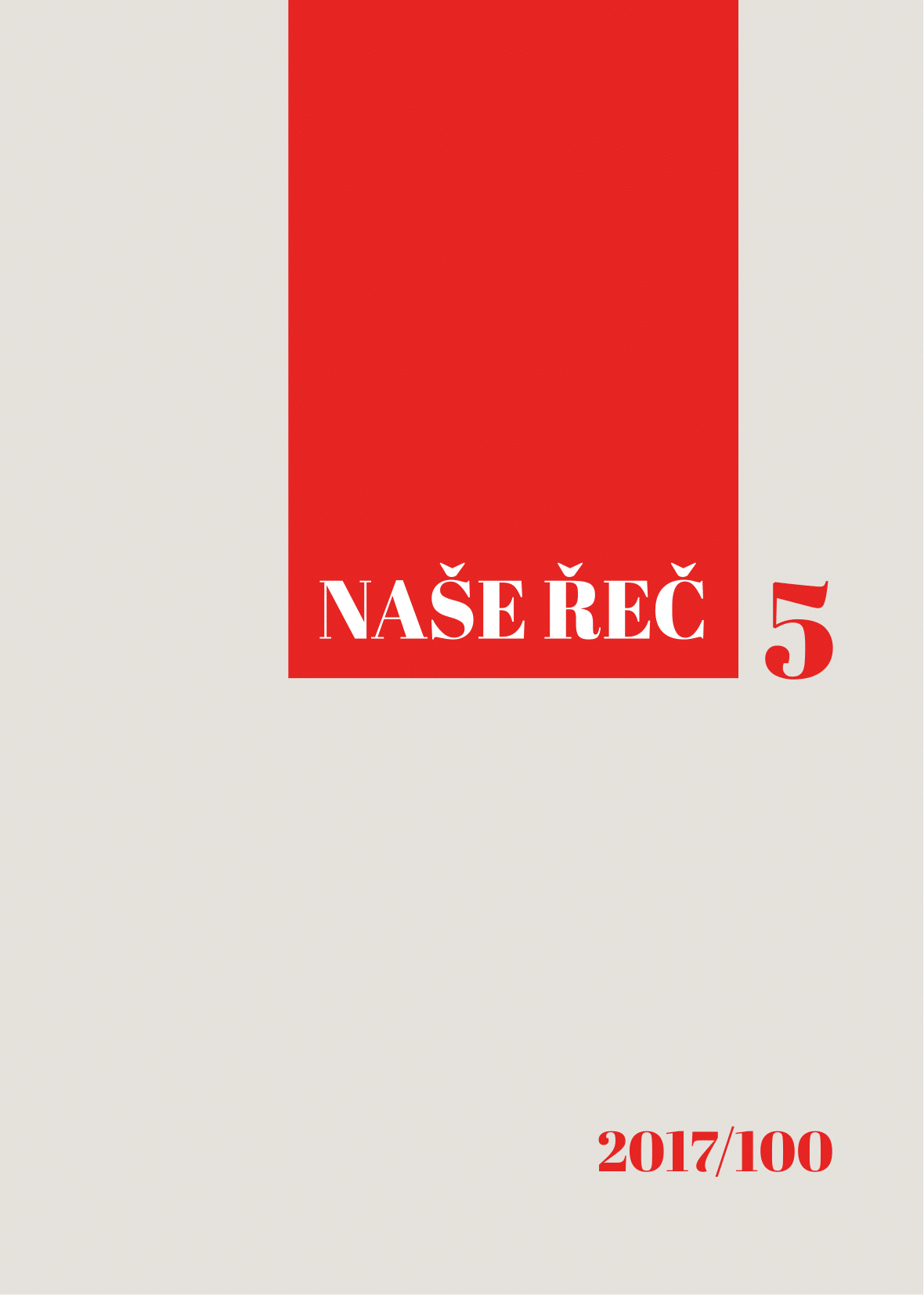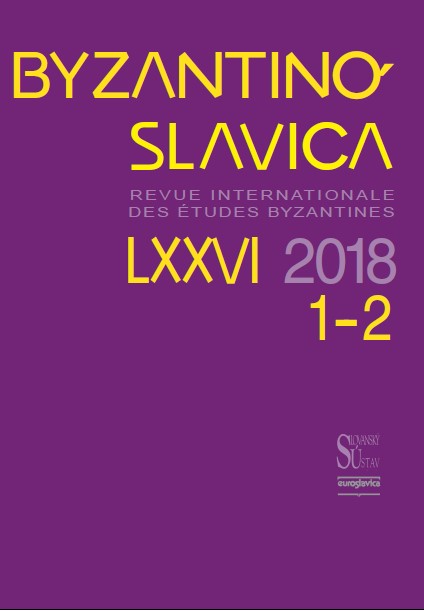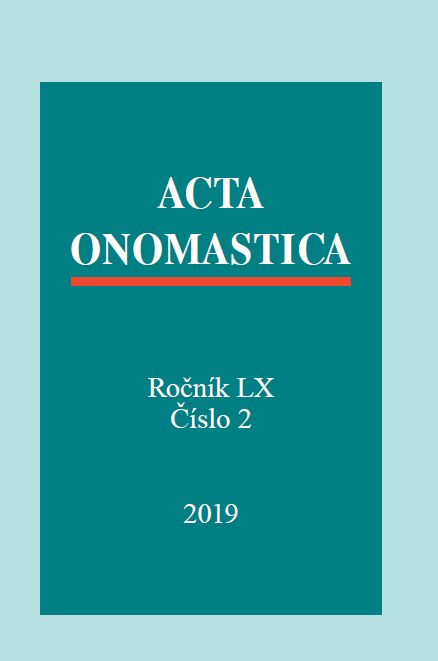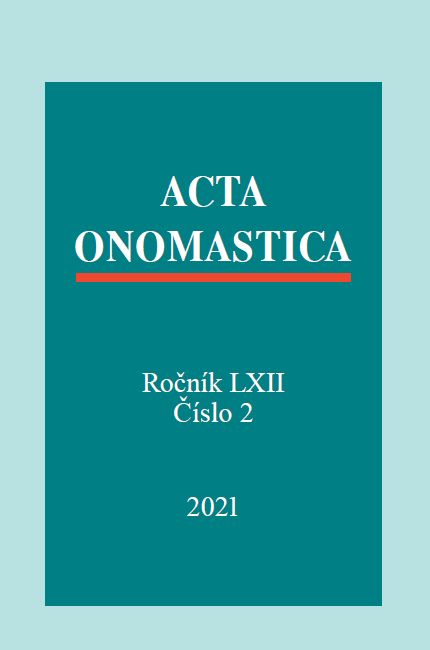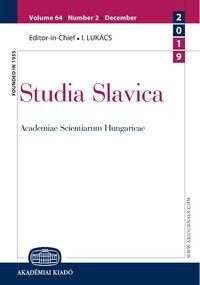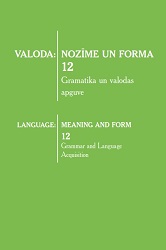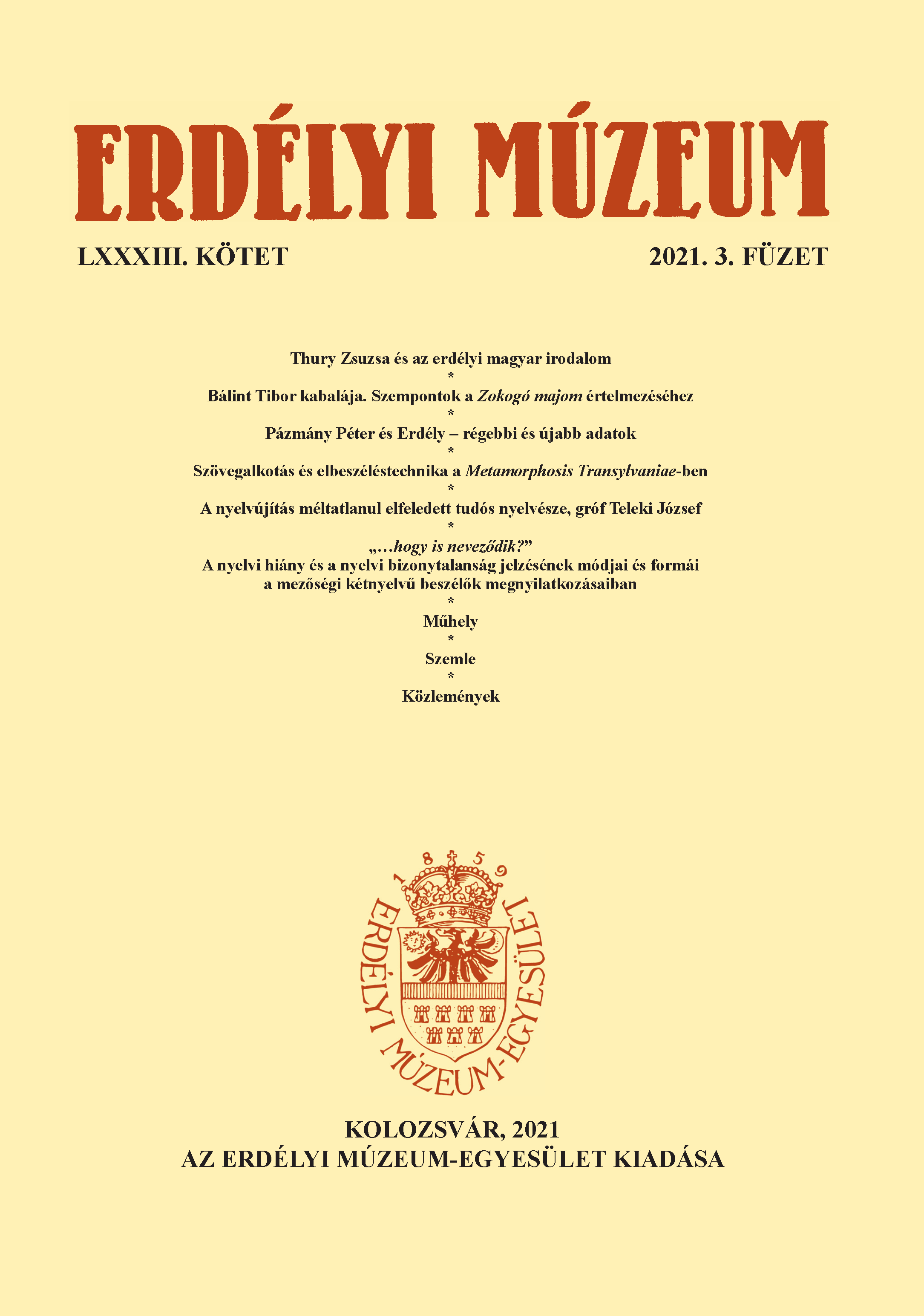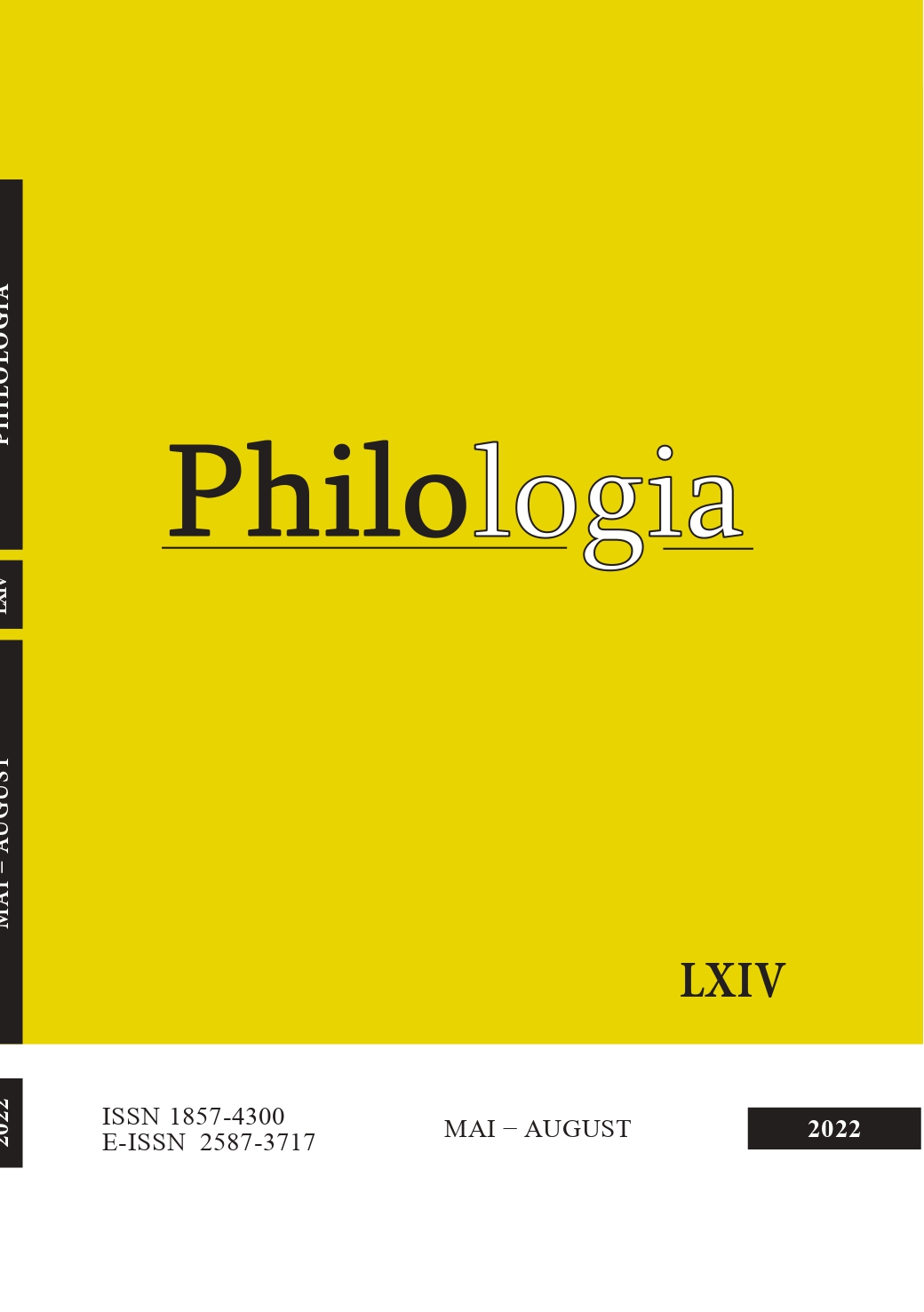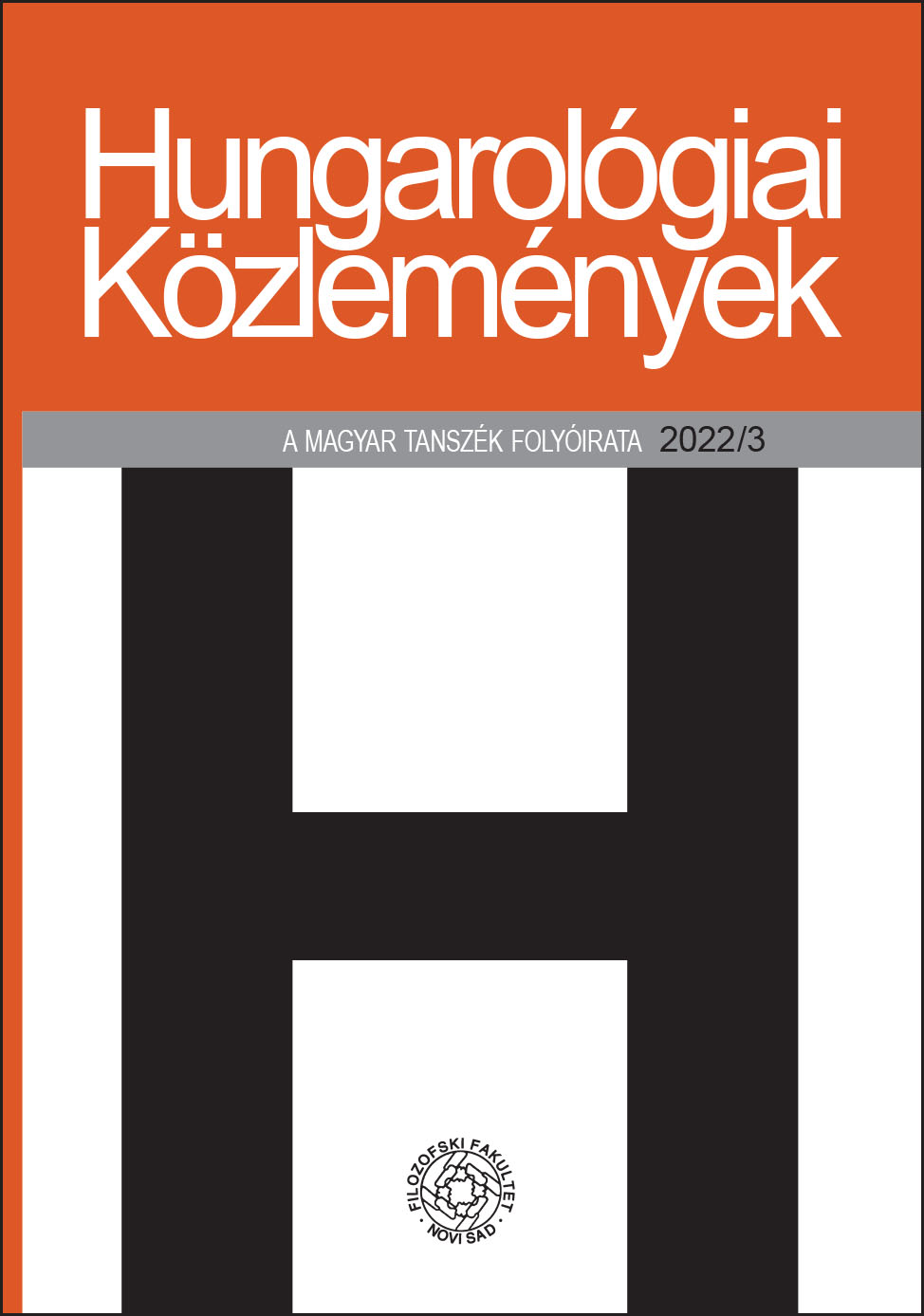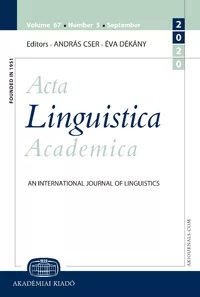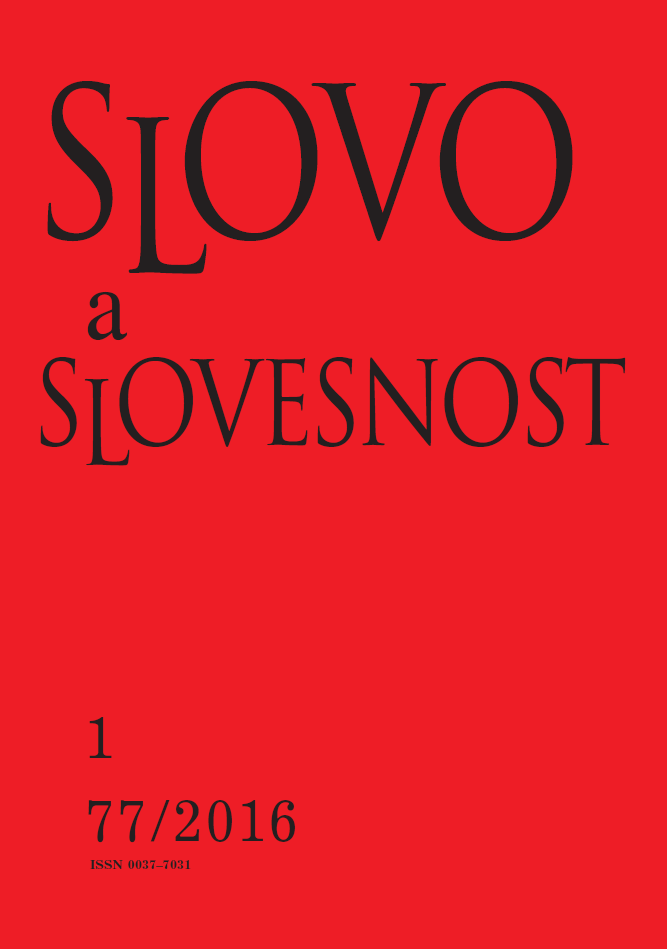
Ke kritice Slovníku současné češtiny
The text is a reaction to Anna Čermáková’s critical discussion of the Dictionary of Contemporary Czech (Slovník současné češtiny) published in Slovo a slovesnost (74, 2013, no. 3). I also have a critical opinion of this dictionary (we both document significant dependence of the Slovník současné češtiny on previous dictionaries, for example). My criticism, however, is mainly based on different arguments. I would like to confront these with the ones presented by Čermáková, and thus contribute to the debate on (meta)lexicography. My remarks concern the macrostructure of the dictionary, the structure and formulation of lexicographic definitions, detailed lexicographic principles, and the possibilities of using corpus data to make a dictionary. Among other things, I argue that the word frequency as acquired from language corpora cannot be the only criterion for compiling a list of lexemes. Furthermore, I also agree with some of the dictionary’s solutions to lexicographic issues which were criticized by Čermáková. I also show that there are lexicographic principles mentioned in Čermáková’s paper which are not upheld elsewhere in her text. Finally, I suggest understanding the criticized prescriptive orientation of this dictionary as a reaction to the anticipated needs of dictionary users.
More...
